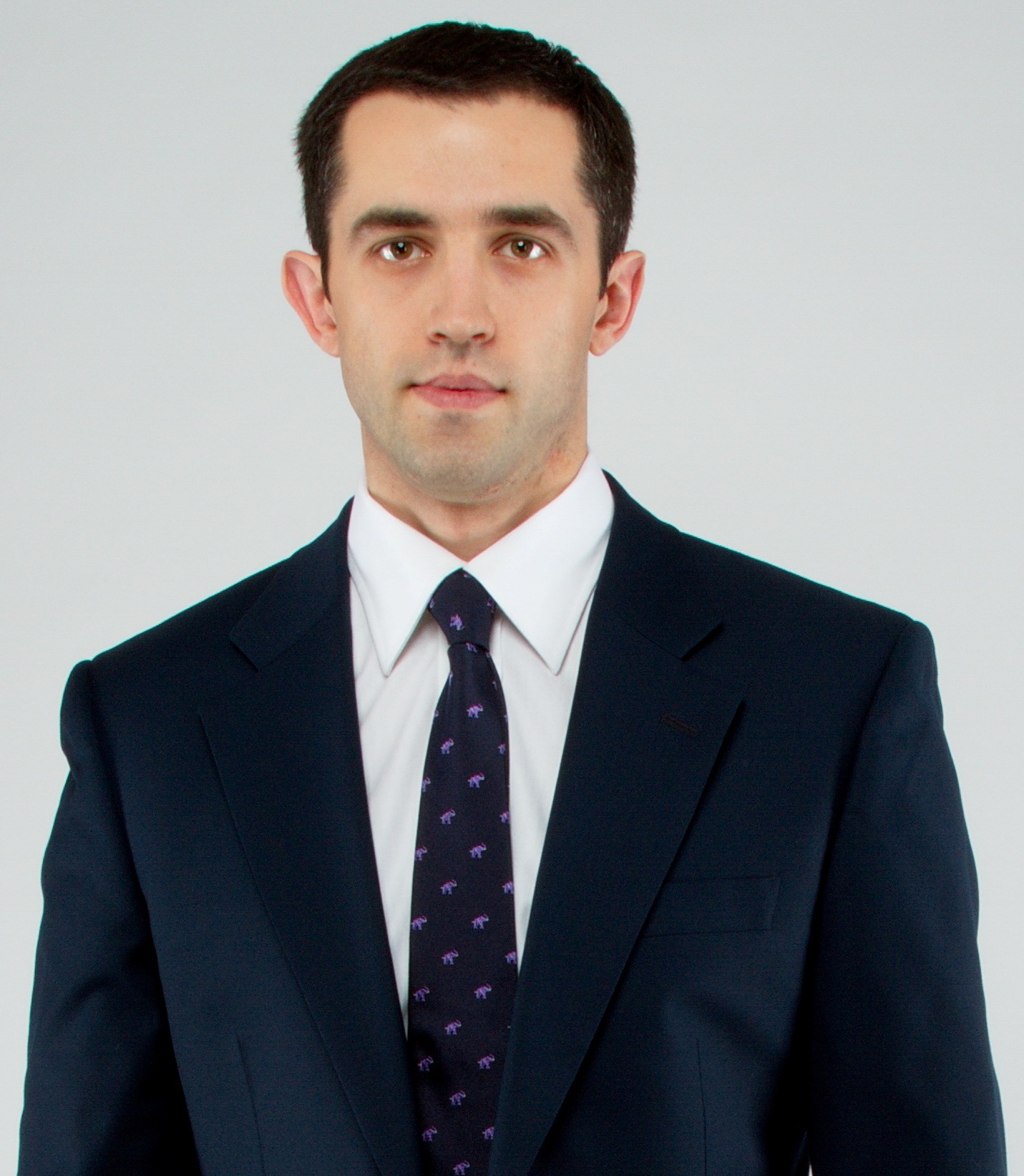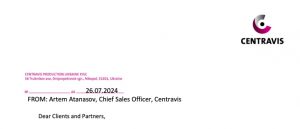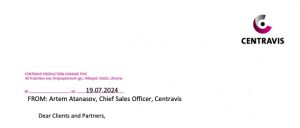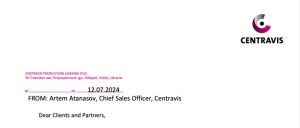08.04.2016
Andriy Serdiuk: “We continue to develop sales and increase our presence in Asian and Middle Eastern markets.”
CENTRAVIS is one of the leading global suppliers of high-quality solutions in the segment of seamless stainless steel pipes. With the Company systematically increasing its exposure to different international markets, head of sales for markets in South-East Asia, the Middle East, Ukraine, and the CIS – Andriy Serdiuk, talks to Delo.ua about prospects for development in Asia.
The Oscillation of Prices
Market price depends on two factors: the current nickel price and factory workloads. The price of nickel fell again in the fourth quarter of last year, which means the cost of stainless steel pipes in Asia remains quite low, making the workload of local plants insufficient to maintain healthy competition. For this reason, business has been very difficult of late. We fight, literally, for every order we receive in the Asian market, and the same can be said about the Middle East, where the price of pipes have decreased by 20%. Despite this, 2015 saw the growth of CENTRAVIS in the Middle East, and an increased presence leading to increased sales in Taiwan and Malaysia.
The Situation in the Middle East
Upon entering the Gulf markets in 2013, we started selling from scratch. Last year alone, sales totalled several million dollars, and this year I think growth will only continue. We are currently winning a lot of the projects in which we participate, and our presence only continues to grow in the region.
We have quite a strong position in terms of cost, as well as approval by the local end-user, as well as good brand awareness. In March, for example, the Company received certification from ADMA-OPCO (Abu Dhabi Marine Operating Company).
CENTRAVIS remains focused on instrumental pipes, general pipes, and chimneys. Generally speaking, the situation remains tense. But we continue to develop sales and increase our presence in the United Arab Emirates, Saudi Arabia, Oman, and Kuwait.
The Challenges in Southeast Asia
Because two types of markets exist in Southeast Asia – technology and raw materials, the situation there remains more complex than that in the Middle East, at least where the funding of projects is concerned. Money in technology markets comes from raw materials in places like Saudi Arabia, Kuwait, or Korea and is now in a difficult situation to generate strong cash flow.
We believe we can increase our market share in South Korea, though not yet to the same level of 2014. We will maintain volumes in the Taiwanese market, while in Singapore and Malaysia we plan to grow our project businesses.




